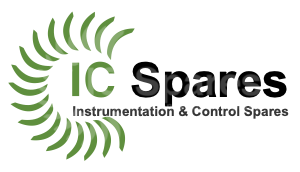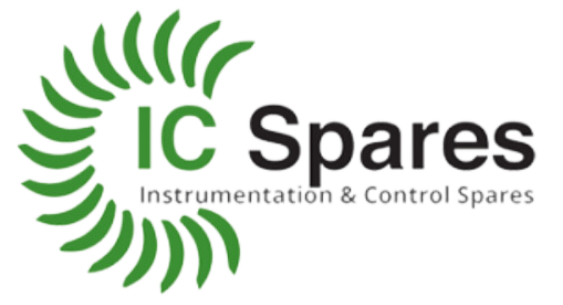Investing in a medium voltage variable frequency drive is a critical decision for your facility. With options from industry leaders like Siemens, WEG, Benshaw, Toshiba, and Yaskawa—and flexible rental solutions available through IC-Spares—it’s important to look beyond the sticker price. Here are five factors to help guide your choice:
1. Understand Your Application
Different applications demand different drive characteristics. Most medium voltage drives are geared toward variable torque tasks, such as powering pumps and fans, where the load changes with speed. However, if your process involves constant torque requirements, like those found in extruders, grinders, or conveyor systems, you’ll need a drive specifically rated for that use. Matching the drive to your application ensures optimal performance and efficiency.
2. Know Your Capacitor Options
The type of capacitor used in the drive’s DC bus significantly impacts its overall lifespan and maintenance costs. Common choices include:
- Electrolytic: Typically lasts 7–10 years.
- Film-Type: Offers around 15 years of service.
- Oil-Filled: Provides the longest life, ranging from 20–30 years.
Your decision here can affect not only upfront costs but also long-term ownership expenses. For example, while an electrolytic capacitor might be cheaper initially, a film-type or oil-filled option could save you money on replacements and downtime over the drive’s lifetime.
3. Evaluate Pre-Charge Solutions
How a drive manages the initial charging of its DC bus capacitors can affect its durability. Some manufacturers integrate dedicated pre-charge circuitry to gently ramp up voltage, while others rely on inherent transformer impedance to limit inrush currents. Drives from Toshiba often feature dedicated pre-charge systems, reducing stress on internal components. In contrast, options from Siemens and similar brands may use a different approach that could lead to higher inrush stress on transformers. Understanding these differences will help you balance reliability with performance for your specific needs.
4. Factor in Maintenance Considerations
Downtime is costly, sometimes hundreds of thousands of dollars per day in industries like cement production or paper manufacturing. Look for drives that are designed for easy maintenance, such as those with modular power cells that can be replaced in under 30 minutes. It’s also wise to secure spare parts (like power supplies, control cards, and fuses) at the time of purchase, as long lead times for these items can extend downtime. At IC-Spares, we not only provide high-quality drives but also stock a wide range of essential spare components to keep your operations running smoothly.
5. Examine the Output Topology
The way a drive creates its output—known as its topology, affects both the quality of power delivered to your motor and the drive’s overall robustness. Some drives produce an output that closely approximates a pure sine wave, which can be more “motor-friendly,” but may involve a more complex design with additional components and potential points of failure. Consider the distance between the drive and your motor, as well as the motor’s design, to ensure that the drive you select delivers the performance and reliability you need.
Need Help Deciding?
Choosing the right medium voltage drive can be a complex process, but you don’t have to navigate it alone. At IC-Spares, our unbiased approach and deep expertise with Siemens Perfect Harmony GH180, WEG MVW01, Benshaw, Toshiba, Yaskawa and other manufacturers drives—as well as our flexible rental options—ensure you get the perfect solution for your application. Contact us today via phone, email, or chat, and let our team help you make an informed decision that keeps your operation efficient and reliable.
Source Article: https://emainc.net/5-things-to-consider-when-choosing-a-medium-voltage-drive-2/

